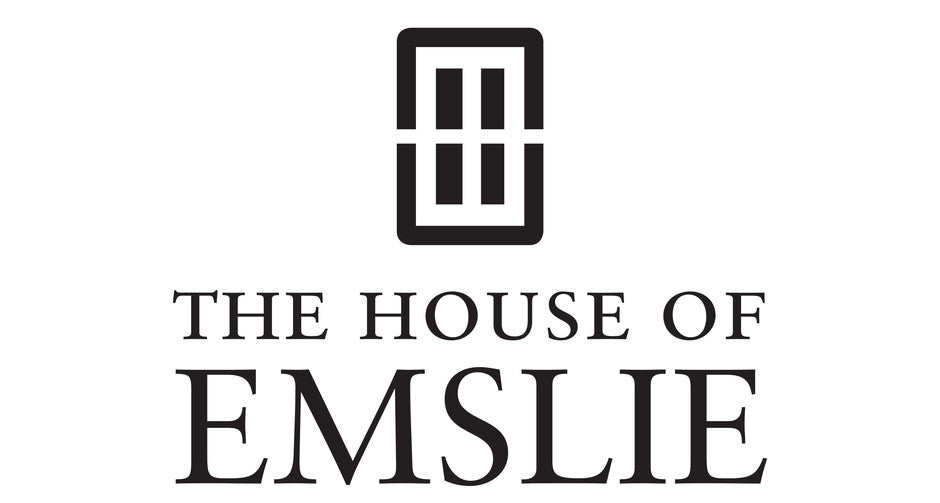Anglo-Boer War Spy – Maria Koopmans-De Wet
by Marthinus van Bart
Maria Koopmans-De Wet (1834-1906) came from a prominent Afrikaans family in Cape Town. Her father, Johannes de Wet, LLD, had been both an advocate and an acting president of the Cape Legislative Council. This sophisticated, erudite and highly intelligent woman was respected by all, but – in addition – feared by Cecil John Rhodes and his henchmen. Rhodes called her the most dangerous person in the Cape Colony, ‘more dangerous even than Onze Jan Hofmeyr of the Afrikaner Bond’. Owing to her sharp intellect and eloquence, Maria was a formidable opponent of Rhodes.
When Rhodes wanted to demolish part of the Castle to make way for a tramline to Sea Point, she took up the cudgels against him. He blustered that it was only a small part of the Castle that would be removed, to which Maria countered: ‘His nose is only a small part of Mr Rhodes’s face. Let him have it amputated, then look in the mirror to see how he looks.’
She also blocked the chopping-down of old oak trees in the Company Gardens to make way for a new High Court between Parliament and Tuynhuis. The High Court was later erected between Keerom and Queen Victoria Streets, where it stands today.
Maria was prominent in arranging mass meetings to protest against the Anglo-Boer War, and in particular to condemn the concentration camps, the scorched earth tactics of the British forces, and the deportation of Boer prisoners. As a result, the military authorities dubbed her a ‘Cape Rebel’ and the pro-Empire press labelled her as ‘Queen of the Rebel Ladies’. After martial law was declared in Cape Town, she was placed under house arrest; and scarcely a day went by without her house, 23 Strand Street, being searched by the military police.
Although she never admitted it, Maria was in fact one of the leaders of a women’s espionage ring, nicknamed the Kappie Kommando, which reported to the Boer secret service in Pretoria (the Speciale Diensten der Z.A. Republiek). One day the military police arrived to search her home while she was seated at her worktable, busy with espionage-related correspondence. She took a needlework basket, also on her table, and thrust it under the noses of the inspectors with the sarcastic remark that they had neglected to check its contents. The inspectors were so taken aback that they overlooked the incriminating letters on her table.
Maria worked closely with Emily Hobhouse, several relief committees and the Red Cross, to raise funds and bring some comfort to those in the concentration camps and to Boer prisoners of war. Food, medicine and clothing were collected, packed and stored in her home in Strand Street, for distribution – like the information she gathered – to its destination. She also corresponded regularly with British pro-Boer intellectuals, such as the publisher William Stead.
The neo-classical Koopmans-De Wet House, designed by Louis Michel Thibault, stands as a proclaimed heritage site in Strand Street, Cape Town. After Maria’s death on 2 August 1906, it was preserved as an eighteenth-century house-museum, which it remains to this day.XNext →
← Previous





